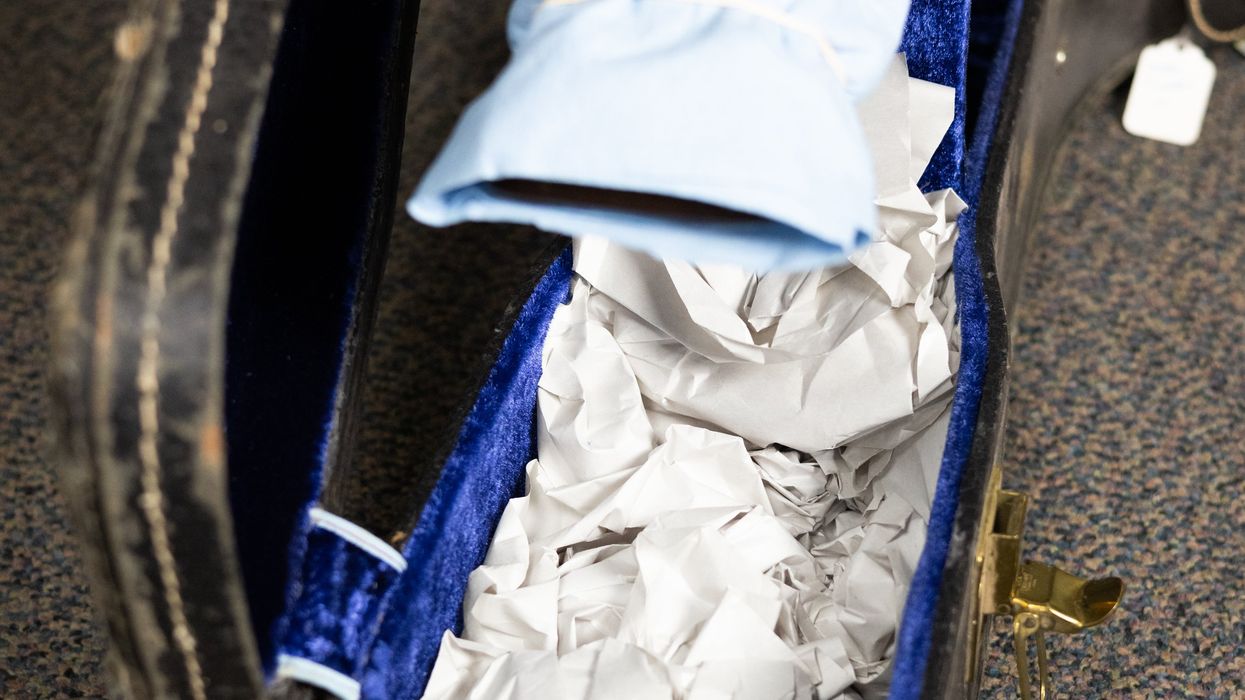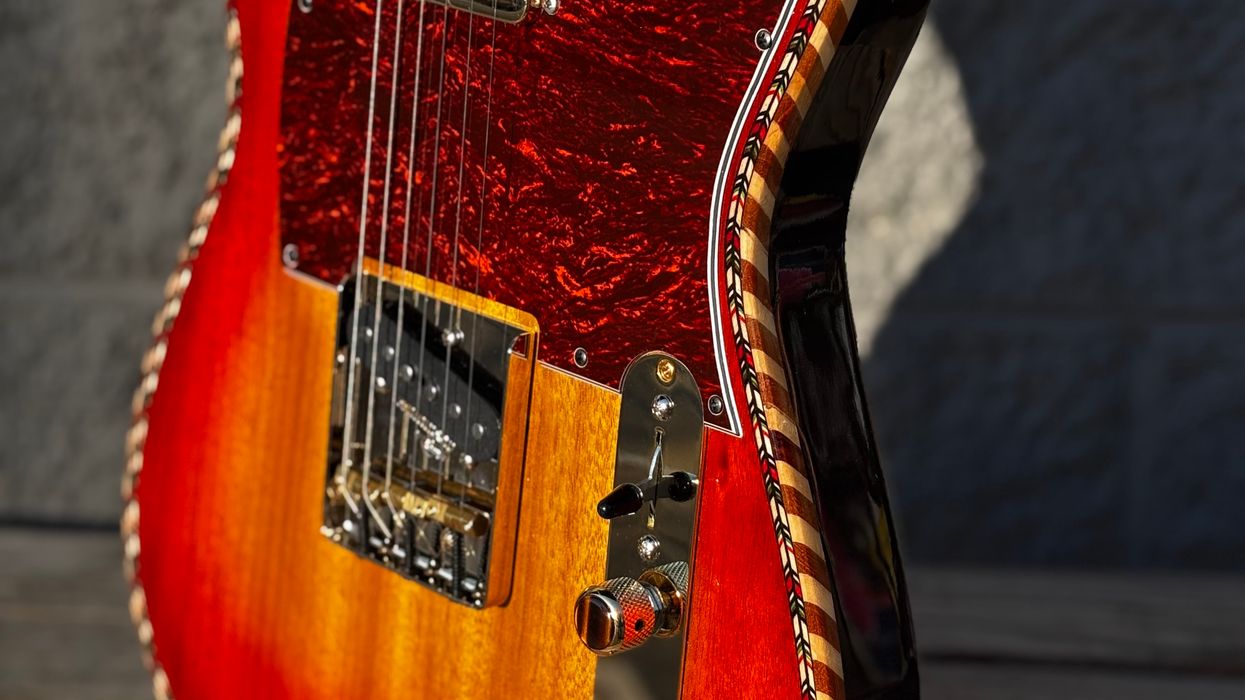Even if you own only one instrument, if you’re an active guitar player, chances are good that sooner or later you’ll have to pack your guitar for shipment. Although it’s hard for some packers to realize, the dangers of shipping your guitar by UPS or FedEx are essentially the same as putting your guitar on an airline’s luggage conveyor belt when you fly.
Of course, thousands of guitars are safely shipped and flown in airline baggage holds every day with no protection besides a hardshell case. But a significant percentage are damaged, too, so the tips you’ll read here will improve your odds. And even when a guitar is in its case and the case is in a sturdy cardboard box, shipping a guitar is risky business. Is shipping a guitar or flying with it riskier than it used to be? You bet. Is there anything you can do to improve your guitar’s odds of survival that doesn’t cost a fortune? Absolutely.
Although caved-in guitar tops and splintered sides do occur sometimes when an acoustic guitar is shipped, the chances of that type of damage when the instrument is in a sturdy hardshell case, especially when the case is boxed, are actually quite slim. And by far, the most common shipping damage to guitars is shared equally by solidbody electrics, which probably tells you that I’m referring to the dreaded cracks that appear around the base of the headstock. This is so common that it’s sometimes called the “airline break.”
What confuses many people is that, despite the fact that their guitar arrived at its destination with a cracked neck, the shipping box shows no damage whatsoever. Along with the mystery of how the crack could have occurred is the added misery of realizing that filing a damage claim with the carrier is usually fruitless, because there’s no sign of mishandling. And repairing the cracks are only part of the pain, for even with the best possible repair yielding a good-as-new result, the guitar’s value has been diminished.
“No matter what the speed your guitar’s case is traveling, the best insurance you can give your instrument for safe arrival is to limit the distance its headstock can travel when the case comes to an abrupt halt.”
If you think of it as a whiplash injury, the cause of the cracks to your guitar’s headstock is easy to understand. Your guitar’s case, or the shipping box containing the case, was traveling at significant speed, but then its movement was stopped abruptly. Maybe it was dropped, or maybe it was on a conveyor system and a jam halted everything instantaneously. The damage occurred because the headstock had room to move within the case, and so it did—resulting in a crack where the headstock curves down at the nut. This is much the same injury as when your guitar is knocked off its stand and falls face-first on the floor. Even nice carpeting won’t save your guitar from headstock cracks for the same reason.
Especially when fitted with cast, enclosed tuners with metal buttons, a guitar’s headstock is a heavy object, and its momentum is simply more than a typical narrow mahogany guitar neck can withstand. A set of metal button Gotoh 510 tuners, for instance, weigh approximately half a pound. That’s about a third of the total weight of a typical mahogany neck on an acoustic flattop. And, of course, the cracks almost always appear around the nut, where the neck is narrowest and where there’s a significant angle. This can also happen when a guitar, in its hardshell case, is left standing vertically on end. If the case is knocked over and the guitar lands face-first, that short drop is sometimes enough to crack a headstock because the barrel of the neck has far less room to move within the case compared to the headstock.
I could natter on for pages about how the dramatic increase in shipping traffic in recent years has resulted in far larger, longer, and faster conveyance systems for both airlines and shipping companies. But no matter what the speed your guitar’s case is traveling, the best insurance you can give your instrument for safe arrival is to limit the distance its headstock can travel when the case comes to an abrupt halt. You can add stiff padding behind the headstock, which functions similar to the headrest in a car, and supplement that with additional padding over the face of the headstock that is slightly compressed when the case is closed. The objective is to make sure that all of your guitar stops moving at the same time when the case is dropped or tossed.
Loosening the string tension is also helpful, but there’s no need to make the strings totally slack. Just tune it down a couple of steps. Packing your guitar in its case in a shipping box doesn’t relieve you of the need to pack the headstock as outlined above, because the same whiplash dangers still apply.
Perhaps the greatest advantage to carefully packing your guitar before flying with it or shipping it is that you’ll sleep easier when it’s in transit.


















